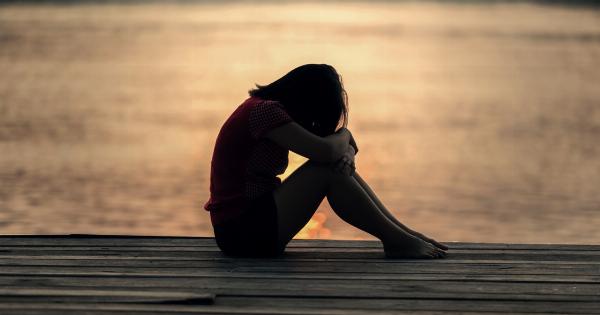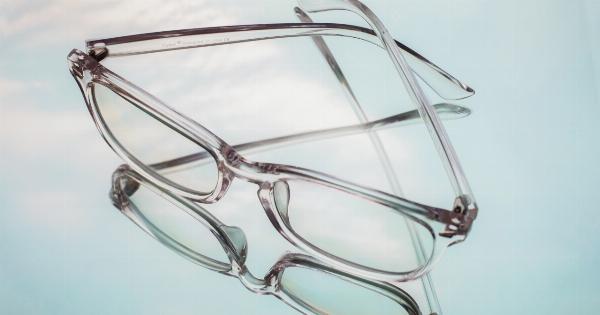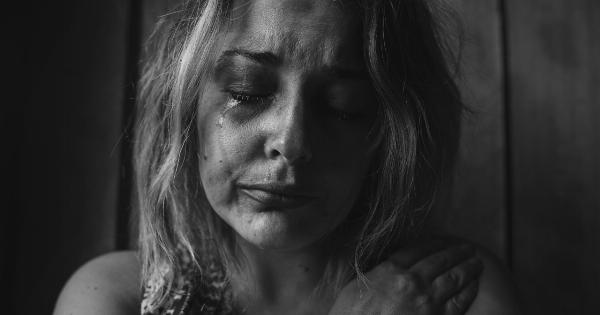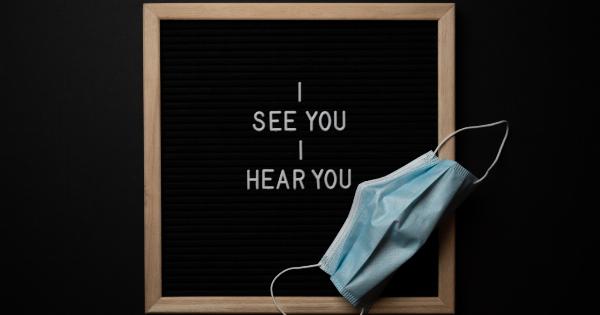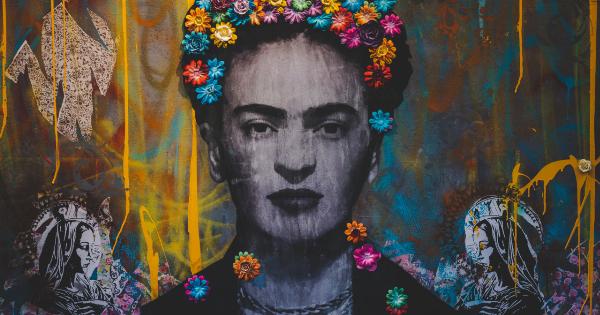In the 19th century, asylums were common throughout Europe and America. They were designed to house people with mental illnesses, disabilities, or those who were otherwise deemed unfit for society.
These asylums were often hidden from the public eye, and many of the patients were left to live in squalor. However, in 1860, a group of photographers and journalists embarked on a journey to uncover the truth about life behind the walls of one such asylum.
The journey begins
The photographers and journalists arrived at the asylum armed with their equipment and a desire to shed light on the conditions inside. They were met with resistance from the asylum staff, who were wary of outsiders and their cameras.
However, the group of journalists managed to gain access and began their photographic journey.
The living conditions
Inside the asylum, the living conditions were appalling. Patients were crammed into small, dirty rooms with no access to fresh air or sunlight. They had no privacy and were forced to sleep on hard, uncomfortable mattresses.
The smell of urine and feces permeated the air, and many of the patients were visibly malnourished.
Treatment of patients
The asylum staff employed a variety of questionable methods to treat the patients. Some patients were subjected to shock therapy, while others were placed in straitjackets or kept in isolation cells.
The staff often used physical restraints to control the patients, and some were beaten or mistreated.
The human cost
The photographers captured images of patients who were clearly suffering and in pain. Some of the patients had self-harmed or had been injured by other patients.
The photographers and journalists were moved by the human cost of the asylum system and made it their mission to bring attention to the issue.
The aftermath
The photographs taken by the journalists were published in newspapers and magazines around the world. They caused a scandal and resulted in widespread public outcry.
The asylum in question was investigated, and many changes were made to improve the living conditions for the patients.
The legacy
The photographic journey of the asylum in 1860 was a turning point in the treatment of mental illness. It brought to light the inhumane conditions in asylums across the world and sparked a movement for change.
Today, we continue to learn from the mistakes of the past and work towards creating a more compassionate and equitable society for all.
Conclusion
The photographic journey of the asylum in 1860 was a groundbreaking moment in history. It exposed the reality of life behind the walls of an asylum and brought attention to the mistreatment of those with mental illness.
While we still have a long way to go in terms of improving mental health care, the legacy of this journey continues to inspire us to create a world where everyone has access to the care and support they need.






